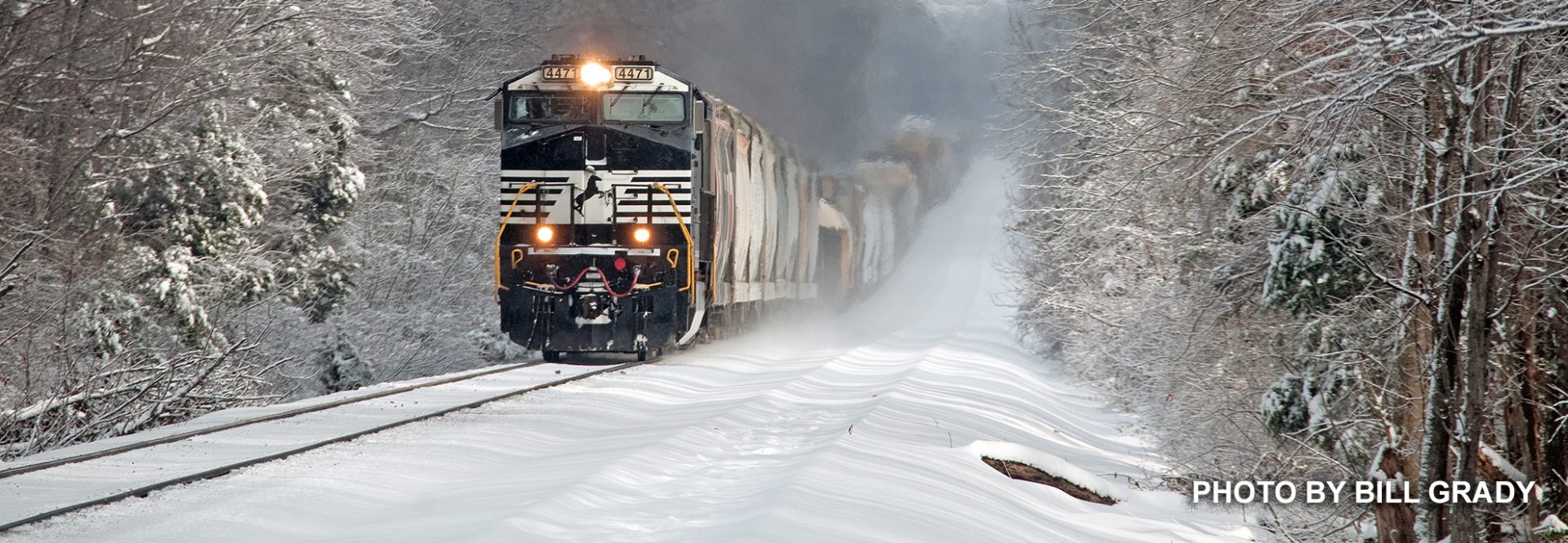
A pair of Little Joes and two EMD diesels with a mile of freight tied to their tail reach to top of Pipestone Pass. The train is about to enter the tunnel under U.S. Highway 10 and the Continental Divide at Donald, Montana. Then it is all downhill, rather steeply to Butte, and river level down the Clarks Fork through Missoula to St. Regis. There the train will once again strain to attain the top of the Bitterroots.
Railroads in assembling long freights normally lash up multiple units to provide the power necessary to make the haul. But the Milwaukee Road was not normal. They lashed up multiple electrics along with multiple diesels, all operated by a single engineer. A special throttle device was used connecting the two differing systems, called the Wylie Controller, named for the inventor.
The Milwaukee Road crossed five major mountain ranges in their route to the coast, the Belts and Tobacco Roots (part of the Rockies) in Montana, the Bitterroots entering Idaho, and the Saddles and Cascades in Washington. Those tough grades were the justification for electrification. Unlike steam and diesel, electrics were impervious to high altitude and extremely cold temperatures. Under such harsh conditions, reciprocating engines loose horsepower.
On relatively level ground the electrics do all the work, while the diesel units were allowed to idle. At the foot of the next grade the diesels were powered up, adding to the mix.
This is one of my all-time favorite pictures, from the lens of noted photographer Steve Patterson. Nicely framed, it graces the wall in my office, I see it as I type this. Long-time readers, saw this picture and story over ten years ago. Gary O. Ostlund
